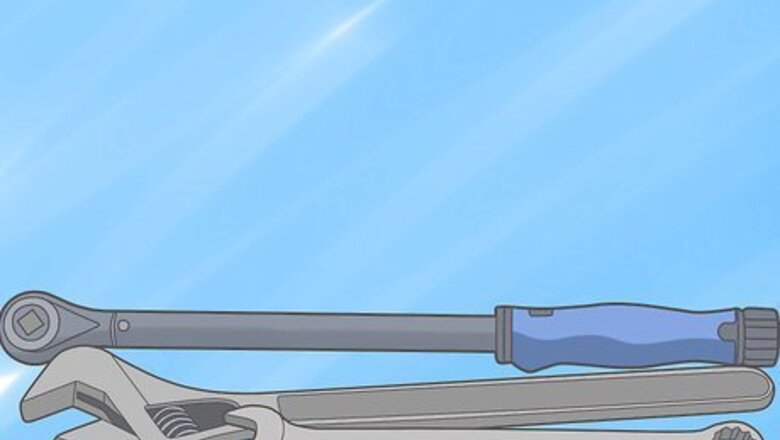
views
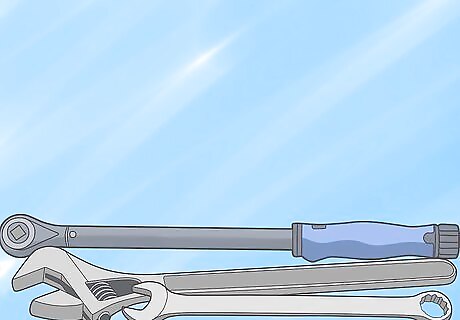
Determine repair parts needed: All moving parts are subject to failure and you may need to remove the serpentine belt to replace the belt itself or one of the components it drives.
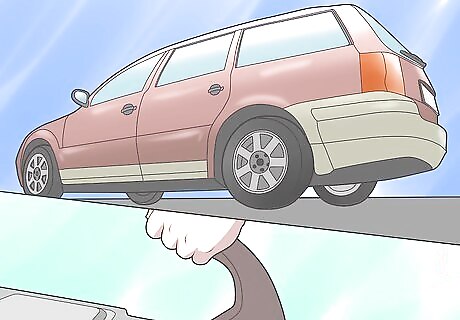
Park the vehicle in a level spot and set the emergency brake. Turn the engine off and chock the rear wheels for both directions.
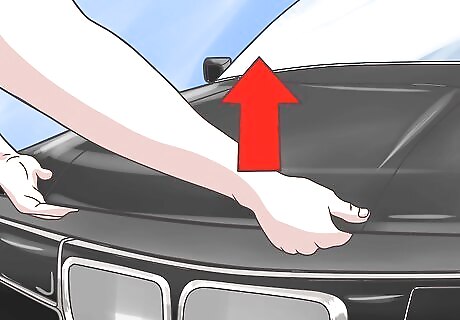
Raise the hood of the vehicle's engine compartment and set the hood brace to keep it open, if so equipped.
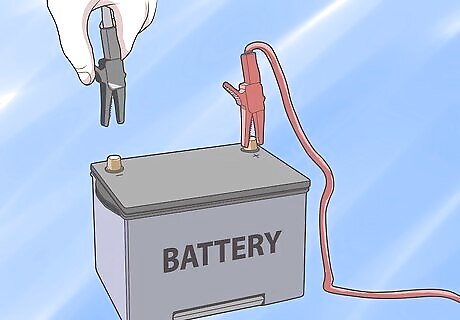
Engine caution: Remove the negative battery cable connector from the battery terminal to be sure that no one will be able to actuate the engine or starter.
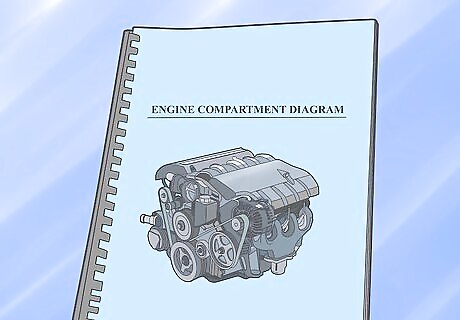
Look for a diagram decal posted near the front of the engine compartment that lays out the serpentine belt. Most likely, it will be mounted on the top of the radiator shroud or cover. If there is not a diagram, be sure to get one, such as in a repair manual or draw one carefully and clearly.
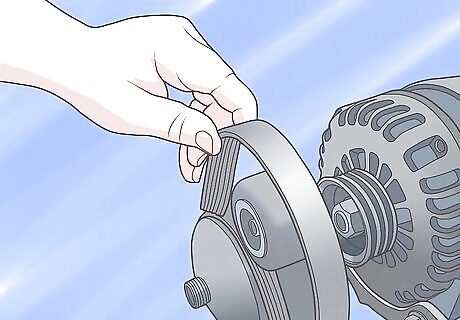
Locate the serpentine belt auto tensioner pulley using the diagram. The auto tensioner and its pulley is a spring-loaded device that keeps the serpentine belt tight. Its pulley is usually smooth while the other pulleys are grooved. The way to remove tension will be to pivot the tensioner using a tool (1) on the nut of the tensioner pulley, or (2) a special tool-lug outcropping from the tensioner or (3) in a square opening in the bracket of the tensioner pulley, cover or cap that protects the spring. (There is often an idler pulley in the system which looks rather similar to the tensioner pulley -- but it is not a tensioning device, not spring loaded).
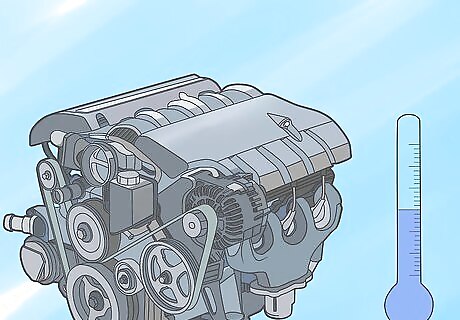
After letting the engine cool thoroughly, use one of the tools mentioned below to pivot the tensioner pulley to take the tension off the belt. Remove any belt guard, cover or fan cowling as necessary -- for instance on a belt driven fan on some rear-wheel-drive vehicles (on older cars, on trucks, etc.) to more easily access the belts, but replace it all later. Remove an under engine splash-guard/cover, if necessary (these protect belts and accessories, electronics, etc.): this is found under the vehicle -- to gain access to bottom pulleys. It may be attached with plastic snap in retainers or screws or both. Be sure to put all such covers back on later.
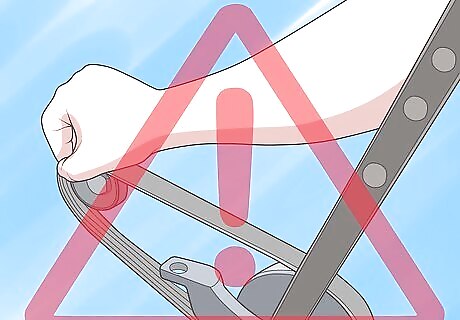
Serious damage caution. Do "not" cut the belt: Avoid such a "short cut", as that can cause the tensioner or where it attaches to be damaged when it springs back violently. Using the "universal" hexagon (hex) nut type: Select a socket wrench, a combination or adjustable wrench and insert it over the pulley hex nut (you may need a "cheater pipe" to slip over the wrench handle to lengthen it and give you more leverage). Often a ratchet and socket is to thick to fit (Chrysler products have used the universal hex-nut on the tensioner pulley) in the narrow space between the engine and chassis or front fender, on front wheel drive engines. Then a box end wrench or special, rented, long-handled tool may be used. Patented lug feature: Use an open end wrench on a patented "tensioner rigid lug" that accepts an open end wrench, available only with certain manufacturers' engines. Patented square opening feature: Use a bare 3/8 inch (9.52 mm) extension attached to a 3/8 inch (9.52 mm) ratchet with a cheater, or use a long handled "breaker/break-over" wrench, inserting it (without a socket) into the square opening -- General Motors (GM) vehicles have this patented method -- in the tensioner lever or bracket. Borrow or rent: Get a thin, flat, long-handled, serpentine belt removal tool (or kit with various size low profile sockets and "crow-feet", open-end attachments) at an auto parts store. Follow the instructions in your manual, or a sheet that may come with the tool (or ask for advice from an experienced "handy-man").
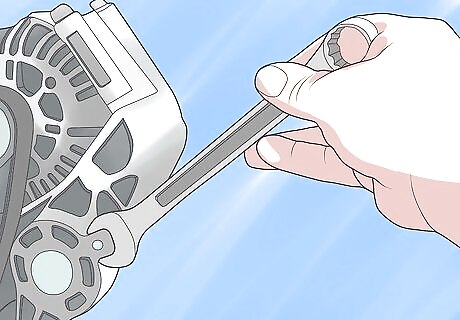
Caution against injury: Be careful to neither let the tool slip nor release the tool handle suddenly or it could sling the tool, and damage the auto or possibly cause serious injury.
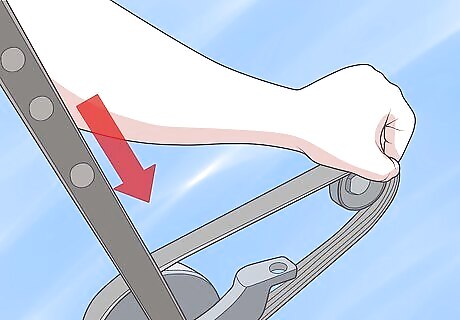
Push or pull, logically: You may push down on the tool handle -- if the belt is over the tensioner pulley -- or pull up, if the belt passes under the tension pulley (but not necessarily, as that direction depends on the design and orientation of the tensioner and the belt). Note: It is a very heavy spring tension, and pivoting the tensioner is often not possible with a short handled tool.
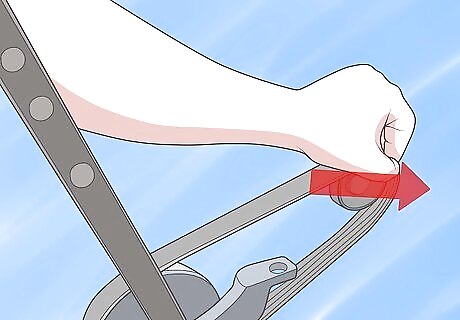
Hold the tension from the belt, and slip the belt off the auto tensioner pulley to remove the belt and pulley system.

Slowly release the tension to avoid damage or injury, and then remove the tool from the belt auto tensioner.
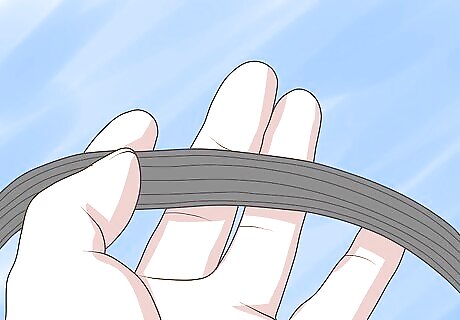
Carefully examine the pattern as you remove the belt from the remaining pulleys, to be sure that you understand the routing of the belt for replacing it later in reverse sequence. If it is not to be reused -- or would be in your way such as while installing a water pump or such -- remove it from the engine compartment. Operating caution: Not any of the belt driven accessories (such as the engine coolant system, air conditioner, heater and power steering) will operate without the belt, so do not run the engine at all.
















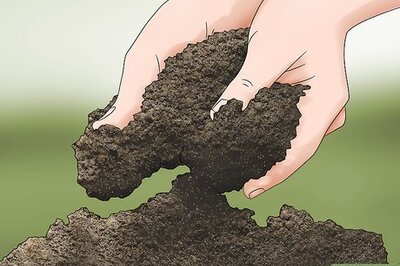

Comments
0 comment